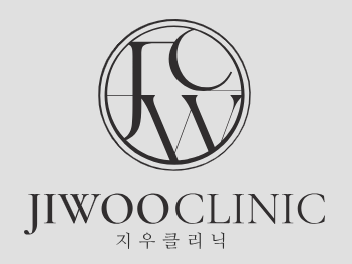延缓衰老:练习延缓衰老真的能让你更年轻吗?
保持青春是有秘诀的。
最近,一个关键词席卷了生活方式的各个领域:慢速衰老。这一趋势由慢速衰老倡导者郑熙元教授发起,不仅吸引了注重健康的中年人,也吸引了2030一代的关注。曾经喜爱麻辣火锅和蜜饯的人们,如今也开始吃扁豆和糙米了。
在护肤领域,“延缓衰老”一直都是热门话题。或许是因为“延缓衰老”这个词本身就很有吸引力,现在很多人都把它当作一种保持年轻、改善肤质的方法。那么,延缓衰老真的是保持年轻的捷径,是美容的完美秘诀吗?让我们一起来揭开关于延缓衰老的种种误解和真相。
延缓衰老是一个新概念吗?
顾名思义,慢速衰老指的是一种减缓衰老过程的生活方式。过去,健康管理侧重于逆转身体衰老,而慢速衰老则采取了不同的视角。它承认衰老不可避免,但旨在通过调整生活方式来延缓衰老的速度。
衰老受多种因素影响,包括自然衰老、饮食、压力、人际关系、运动以及个人境遇等等。归根结底,生活中的一切都会影响衰老的速度。因此,我们不能仅仅满足于在现有生活中增减一两件事,而应该着重改变整体的生活习惯。
那么,如何延缓衰老呢?郑熙媛教授建议采取以下措施:健康饮食、适量运动、练习正念、充分休息和睡眠,并减少饮酒和吸烟。其中,她特别强调饮食习惯的重要性。她甚至声称,减少20%至25%的食物摄入量可以延缓衰老约75%。
然而,这令人费解。人人都知道,运动、均衡饮食和充足睡眠等行为有助于保持健康。这些理念早已融入“健康生活方式”的范畴。因此,尽管“延缓衰老”这个词听起来很新颖,但仔细探究其含义,就会发现它与我们已知的知识其实相差不远。
延缓衰老并非万能药
随着“延缓衰老”理念的日益普及,许多人开始对其产生误解。其中一个常见的误解是将“延缓衰老”仅仅视为一种美容概念。“衰老”一词往往会让人联想到外在的变化,而郑熙元教授自身光滑的肌肤或许也影响了这种认知,但这只能是推测。
然而,延缓衰老与仅仅保持年轻容颜有所不同。它主要关注内在健康而非外在美。随着我们步入中年,不仅面部会出现衰老迹象,身体机能、力量、智商甚至生活质量也会下降。延缓衰老的本质在于改善内在机能,尽可能延缓这些变化的发生。
当然,均衡的饮食习惯、充足的睡眠和适当的运动对皮肤有益。然而,这些只是健康生活方式的次要益处。虽然延缓衰老对整体健康管理有益,但如果你的主要目标是看起来更年轻或追求美丽,那么延缓衰老可能并非最佳选择。
如果您想要延缓肌肤衰老
皱纹是判断皮肤年龄的关键因素。即使皮肤状况相似,有无皱纹也会让人看起来更年轻或更显老。问题在于,一旦皱纹形成,就很难让皮肤恢复到原来的状态——就像试图展开一张折叠的纸,总会留下痕迹一样。因此,想要延缓皮肤衰老,预防至关重要。
预防皱纹最有效的方法是什么?答案是保持皮肤弹性。当皮肤弹性下降时,皮肤会松弛下垂,形成褶皱,皱纹便由此产生。保持皮肤弹性本质上就是维持支撑皮肤组织的胶原蛋白。最可靠的解决方案并非服用胶原蛋白补充剂或使用胶原蛋白霜,而是接受皮肤科医生的专业治疗。由于消化过程的阻碍,通过食物摄入的胶原蛋白很难被有效吸收。
为了维持皮肤深层健康的胶原蛋白,最佳方法是接受直接针对真皮层的治疗。Juvelook 是一种可以延缓皮肤衰老的治疗方案。Juvelook 使用高分子 PDLLA 来刺激胶原蛋白生成并提升皮肤弹性。Ultherapy 和 Thermage 等提拉疗法也对胶原蛋白再生非常有效。即使是像肉毒杆菌注射和皮肤填充剂这样简单的疗程也能显著帮助预防皱纹。
结合正确的治疗方法和健康的生活方式,您可以同时拥有内在健康和外在青春。最重要的是尽早开始并坚持护理。记住,延缓衰老的最佳时机就是今天!




